Ice Sculptures and skating at Winterlude in Ottawa
Bob and I once again returned to Ottawa, the National Capital of Canada, to take part in Winterlude. Our favorite activity at this winter festival is skating on the Rideau Canal Skateway, which is actually the world’s largest skating rink and a UNESCO World Heritage Site.
The Rideau Canal flows right past Parliament Hill, which is home to the Federal Legislature of Canada. With a cool wind stirring the nighttime air, the Canadian flag luffed gently atop the Peace Tower.
Different ice sculptures can be found around the streets of Ottawa, jazzing up the winter landscape. These are sponsored by businesses and city organizers and serve to set the stage for the all-encompassing winter carnival. This ice sculpture is of the Peace Tower, so named to honour the thousands of Canadian men and women who died for Canada during World War I.
2013 was the Year of the Polar Bear, and so that year at Winterlude, five different sculpted Polar Bears, representing the five different countries where polar bears can be found, had been created out of ice and were on public display as part of a scavenger hunt.
As part of the fun, the general public was invited to locate each bear, then submit the corresponding code at panda.org/icebear to be eligible to win a prize.
The five countries where polar bears can be found are Canada, Norway, Russia, Greenland(Denmark), and the United States of America. In our walks about downtown Ottawa, we managed to find four of the bear sculptures.
It was a must for Bob and me to take in a nighttime tour of Confederation Park. It had been transformed into the Crystal Garden, a world of colored lights, snow and elaborate ice carvings.
Ice carvers had come from all over the world to compete at Confederation Park’s annual ice sculpting contest. The detail was amplified by spotlights providing an ever-changing spectacle of rainbow-colored ice. It was stunning.
The third place winner was “Birch Trees Dream Summer” by Egor Stepanov, and Alexey Andreev (Russia)
Every year, a special location is provided for photo ops. Let’s just say that this was a chilly place to park it!
Bob filmed this short video of the winter world of lights and ice.
The second place winner was “Rhythm of the Sea” by Antonio Baisas and Ross Baisas (Philippines/Canada).
The first place winner was “Epilogue” by Samuel Girault and Michal Mizula (France/Poland).
Some of the other ice sculptures that impressed us didn’t win awards, such as this one titled “Amytis’s Gift” by Gabriel Giammaria & Nathan McKeough (Canada).
My favorite was “Senses” by Suguru Kanbayaski & Kevin Ashe (Canada). I loved the suggested tactile sensation of hundreds of bubbles adhering to the body.
“Alien Queen” by Koji Kareki & Kei Sakugawa (Japan/Canada).
“Beauty Beyond Imagination” by Wanchalerm Sukseekao & Jiroj Chanwar (United Arab Emirates) was another that we were quite fond of.
Bob and I made our way back towards the northern end of Confederation Park to checkout the Lantern Garden of the Jinju Namgang Yudeung Festival. This had been created to celebrate 50 years of diplomatic relations between Canada and South Korea.
Part of the display was this spectacular 35 m (115 ft) long tunnel composed of over 1,300 lanterns.
Part of the South Korean exhibit was this representation of children riding on what are called (namu sseolmae), or wooden sleds.
As we learned from the exhibit, this is a traditional form of winter activity in South Korea. The wooden sleds are made by taking the blades from a pair of ice skates and attaching them to a wooden platform. People then kneel on the platforms and use a pair of wooden sticks with nails on the end to propel themselves across the ice surface.
This so-called form of skating on ice is something that Bob witnessed firsthand when in Beijing a few years ago.
As you see in Bob’s pictures, the Chinese wooden sled is slightly different from the Korean sled, but both use skate blades, and the riders use poles to steer and power them.
Confederation Park also showcased the winter world of South Korea with numerous other exhibits.
Flying kites is not usually a winter activity in Canada. In South Korea, however, winter is the most common time for people to fly kites, especially during the two-week period preceding the full moon in the midst of winter.
It is very common in South Korea for the kite flyer to inscribe his or her name and birth date on the back of their kite. It is believed, as the kite flies in the wind, that the bad luck that might impact the kite flyer will fly away.
With a hazy sky above us, we then headed out on the Rideau Canal for a skate.
After gliding our way halfway towards Dows Lake, about 3 kilometers or so, we gave in to temptation and each ate up a sugary coated beaver tail pastry. Yummy! You can’t go to Winterlude without eating at least one of these tasty treats.
Our hope was that the return skate would burn off some of the calories. And so ended our wintry skate in a world of colored lights, ice, and snow.
Frame To Frame – Bob and Jean

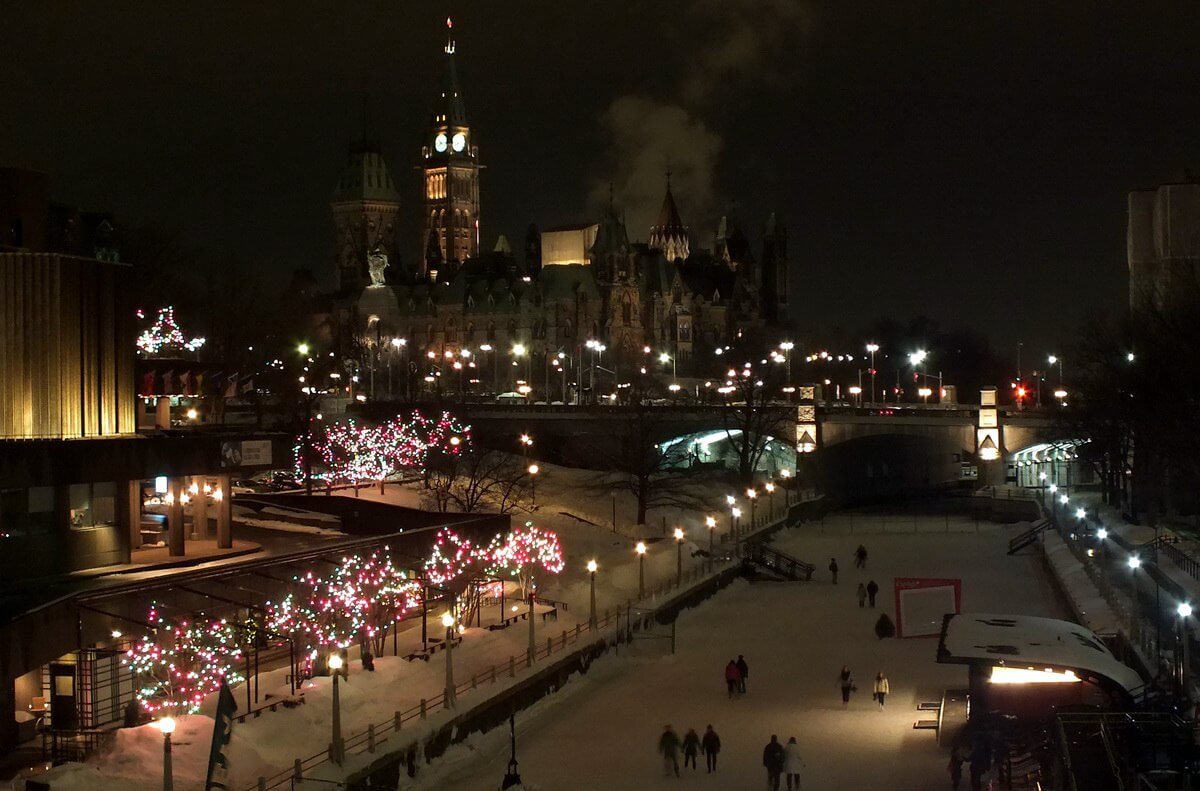






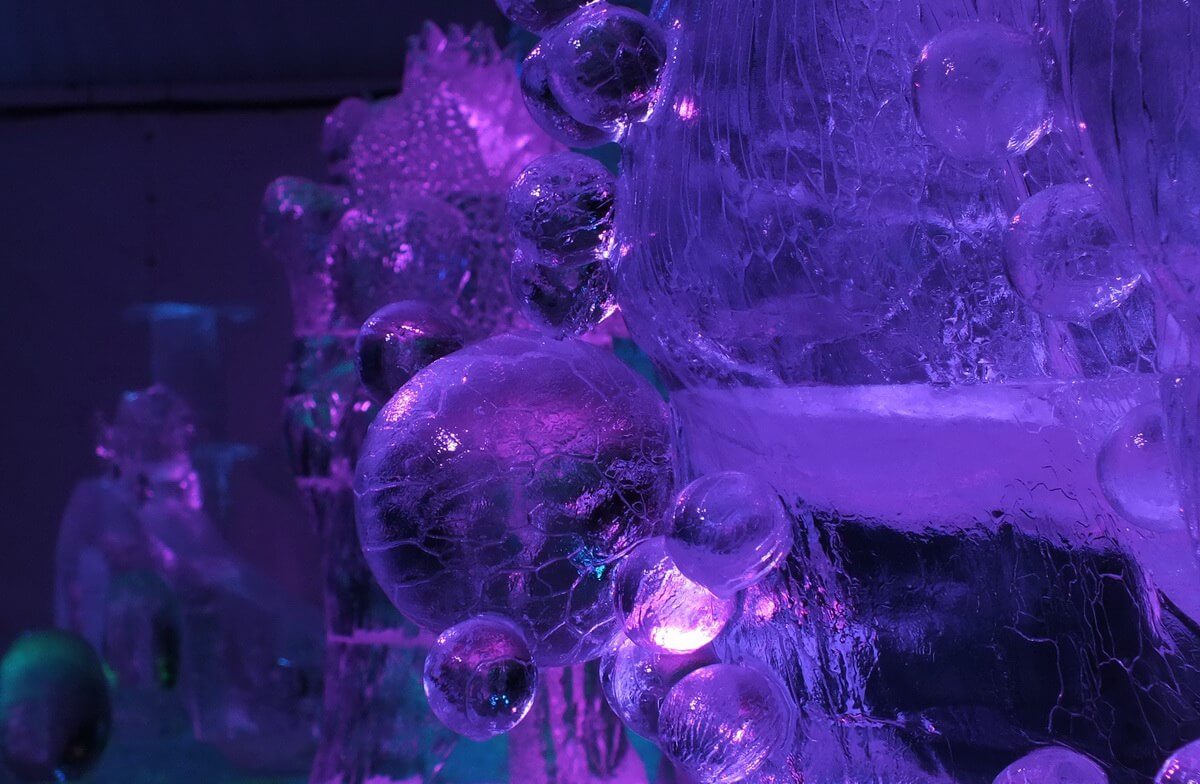

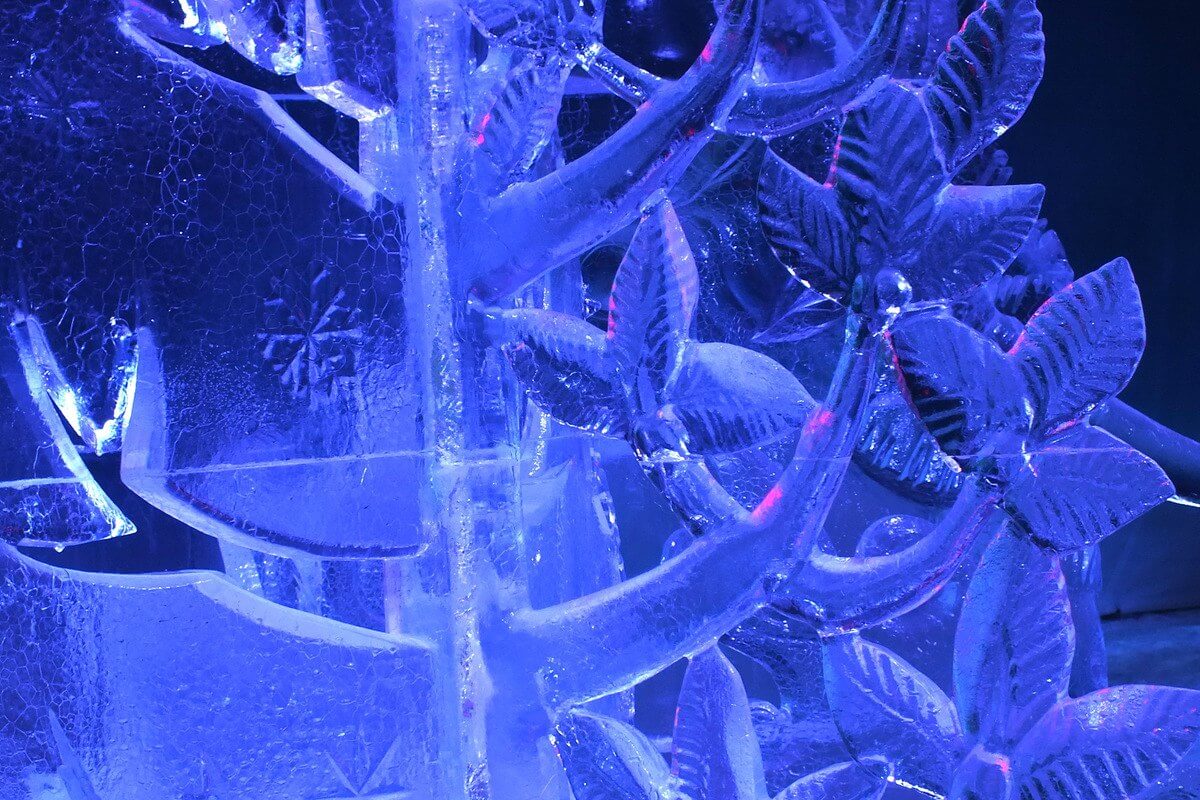


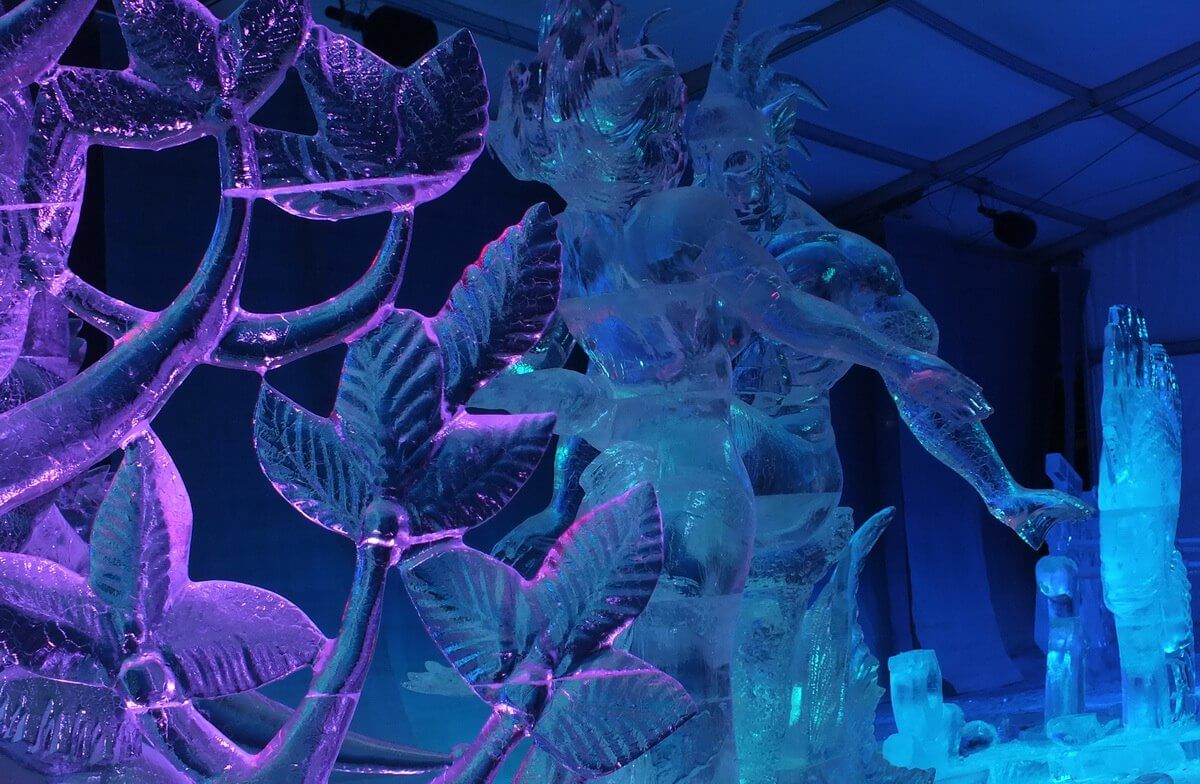














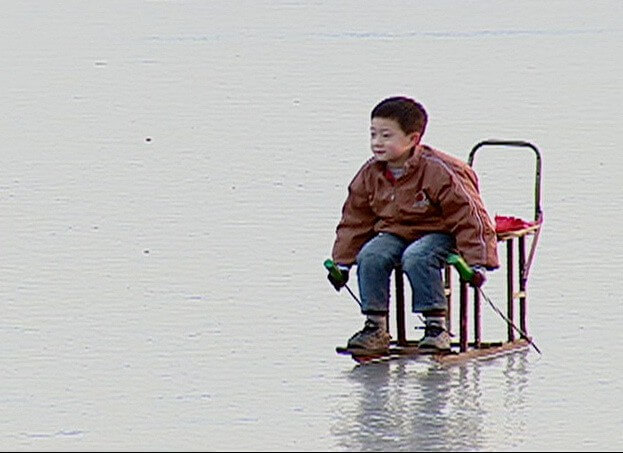
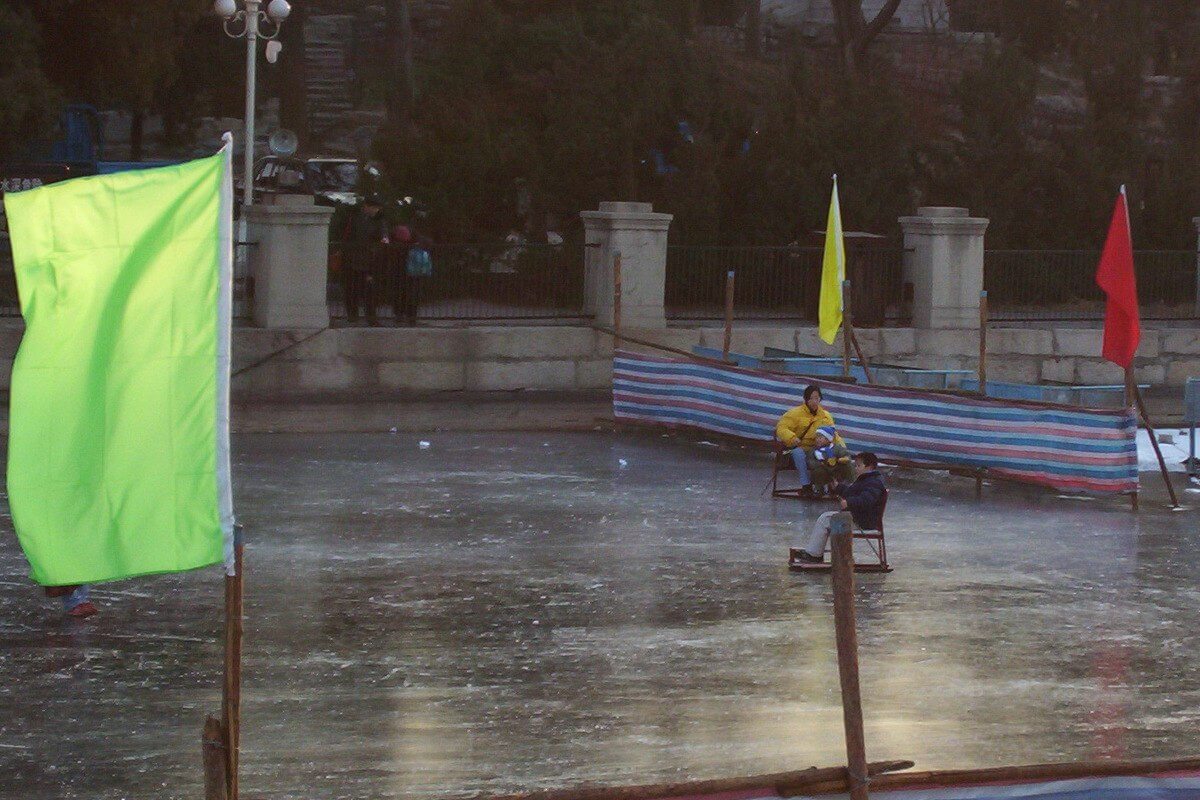





I’ve always heard about how beautiful the Rideau canal is, but didn’t know it turns into a ice skating rink in the winter. Is this a yearly event, or does it depend on the snow accumulated? Winterlude sounds like a fun festival. The lanterns are amazing! Just in time for the lunar new year festival (both Chinese and Koreans celebrate this) too. Thanks for the write up, the video and the pictures.
Winterlude is a yearly winter festival in Ottawa, taking place for about two weeks. Special events and activities are planned for visitors to the festival for that two-week period. But even beyond that, people can skate on the frozen Rideau Canal during all of the winter months, once the waterway has turned to ice and has been declared safe. The total length of the skateable ice surface is 7.8 kilometers. It feels like you can skate forever there.
An amazing adventure for you again.The video of the lanterns was enchanting to watch.On a much much smaller scale in the U.K. some of the cities like York stage an ice festival in December —many ice sculptures—-artificial snow usually from snow machines as they cannot always rely on it snowing!!
Bob and I try to get to Winterlude every other year or so, but if that is not possible, we go skating on a selection of frozen ice trails that are now available throughout the city. These seem to be more common in recent years and provide a nice alternative to ice rinks.
Looks like a great trip. Hope you don’t mind that I pinned your skating pictures to my Outdoor Skating Pinterest board. Thanks!
It is always nice to take advantage of the winter weather. That is why Bob and I are glad when our province experiences true winter conditions rather than the warmer temperatures associated with climate change. There is nothing better than getting out for a brisk ski or an invigorating skate.
Fabulous
It always amazes me how ice carvers can create such detailed and intricate sculptures out of frozen water. Over the years, we have witnessed a wide variety of themed ice and snow sculptures at Winterlude, but they all have been really impressive.